Feline eyesight is a fascinating subject that encompasses both domestic cats and their larger, wild cousins known as big cats. Despite being vastly different in size, these animals share a suite of optical characteristics that give them unique visual capabilities. Understanding how domestic cats’ eyesight compares to that of big cats like lions, tigers, leopards, and cheetahs provides insight into the evolutionary adaptations and survival mechanisms within the Felidae family.
Anatomy of a Cat’s Eye
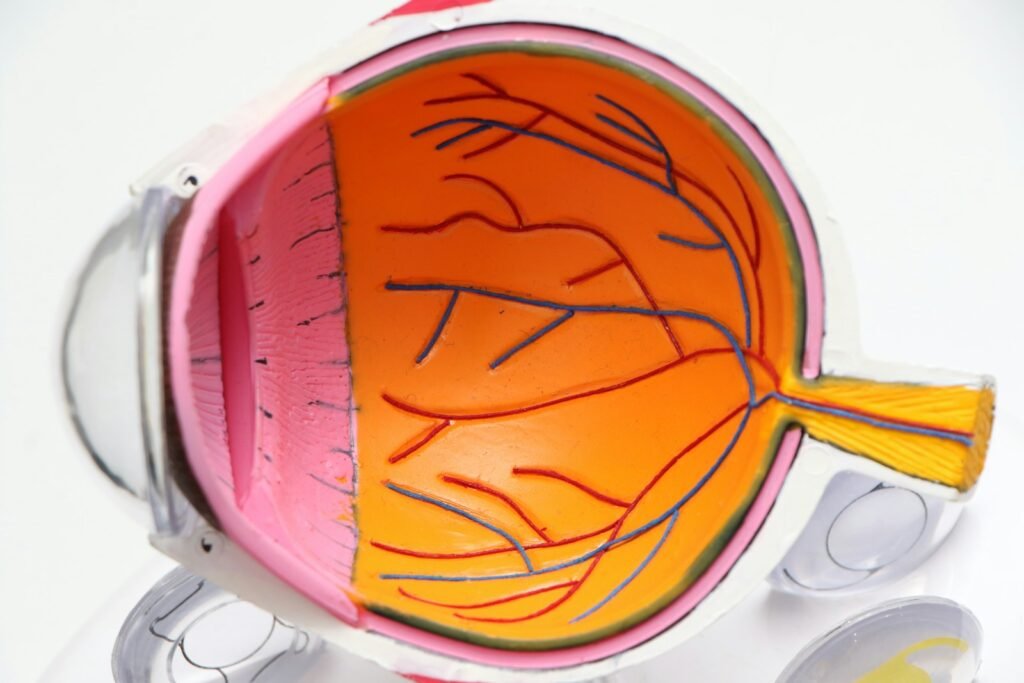
The structure of a cat’s eye holds the key to its exceptional visual abilities. Cats’ eyes are equipped with a large cornea and lens compared to their body size, allowing them to gather more light. Additionally, the elliptical shape of the pupil enables rapid adjustment to changes in light intensity, offering a broader range of vision in different lighting conditions.
Night Vision Superiority
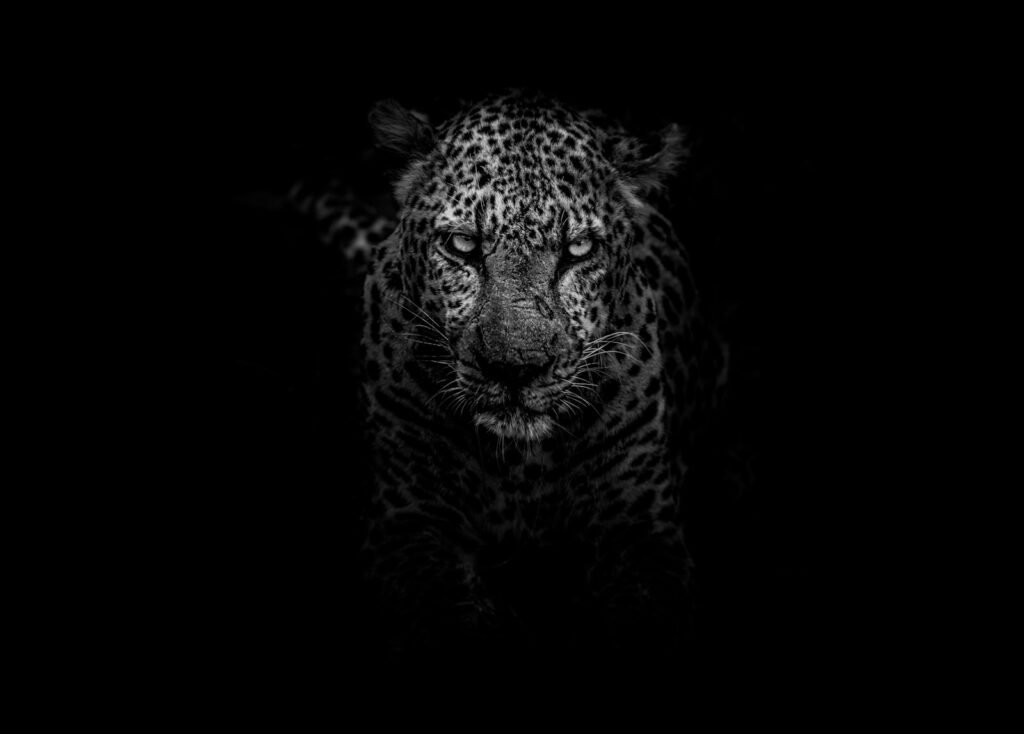
Both domestic cats and big cats share a superior sense of night vision compared to other mammals. This ability is largely thanks to a layer of tissue called the tapetum lucidum, which is located behind the retina. This reflective layer enhances the amount of light entering the retina, granting cats their iconic ability to see well in near-total darkness.
Color Perception Differences

Contrary to popular belief, cats are not colorblind, but their color perception is limited compared to humans. Both domestic and big cats perceive colors more like a human with red-green color blindness; they see shades of blue and green but struggle with reds and pinks. This trait aids in predator detection and environmental navigation in varied terrains.
Visual Acuity and Detail Recognition
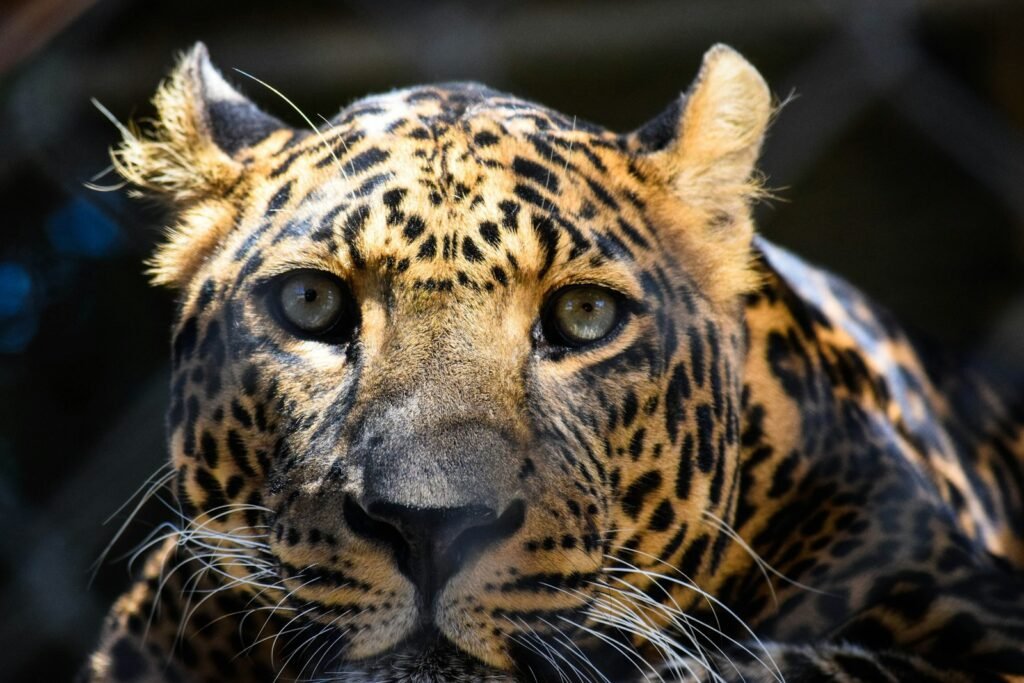
When it comes to visual acuity, big cats generally surpass domestic cats. While both have a similar eye structure, larger cats have eyes proportionate to their size, with slightly better acuity for detecting detail at a distance. This is crucial for hunting in the wild, where long-range vision can make a difference in tracking prey effectively.
Field of View and Peripheral Vision
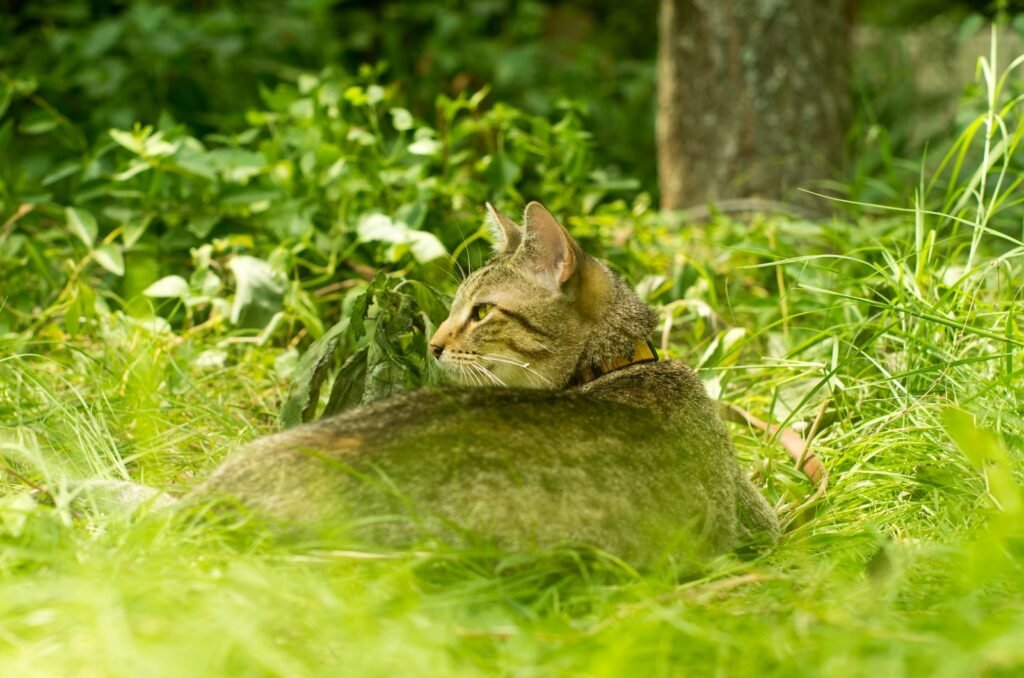
Domestic cats have a field of view of about 200 degrees, while most big cats enjoy an even wider field, around 230-250 degrees. This extensive range allows them to detect movement across a broad peripheral area, which is essential for spotting predators or prey in their respective habitats.
Depth Perception and Binocular Vision
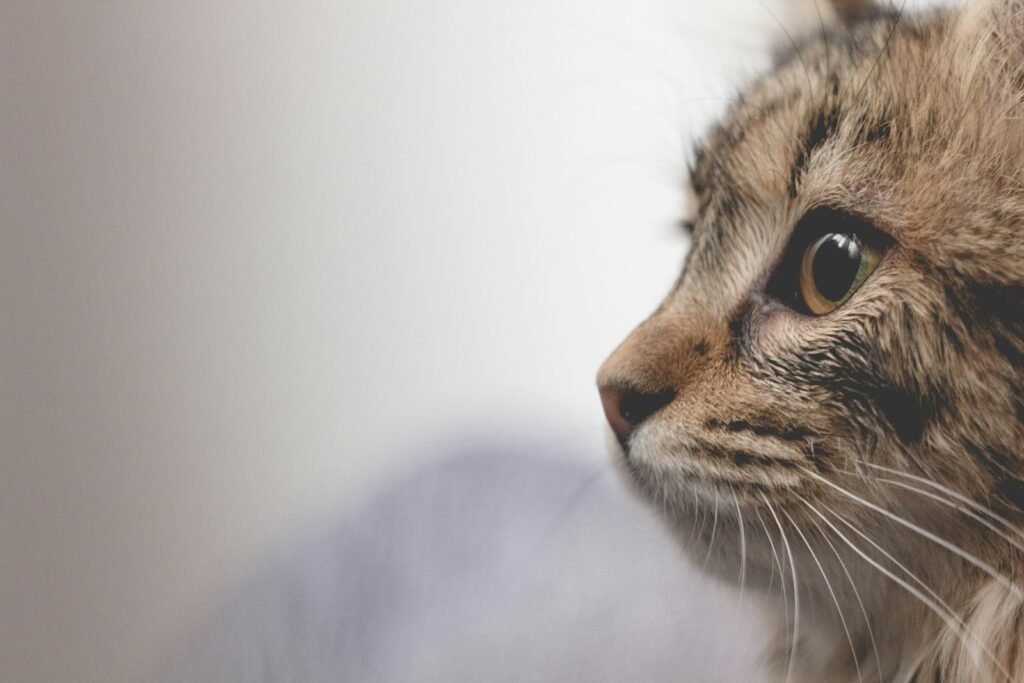
Cats rely heavily on binocular vision to judge distances accurately. Their eyes are positioned to allow significant overlap, providing excellent depth perception. This helps both domestic and big cats in pouncing accurately on a target, although big cats may have an edge due to their need to judge distances over greater lengths while hunting.
Evolutionary Adaptations in Eye Design
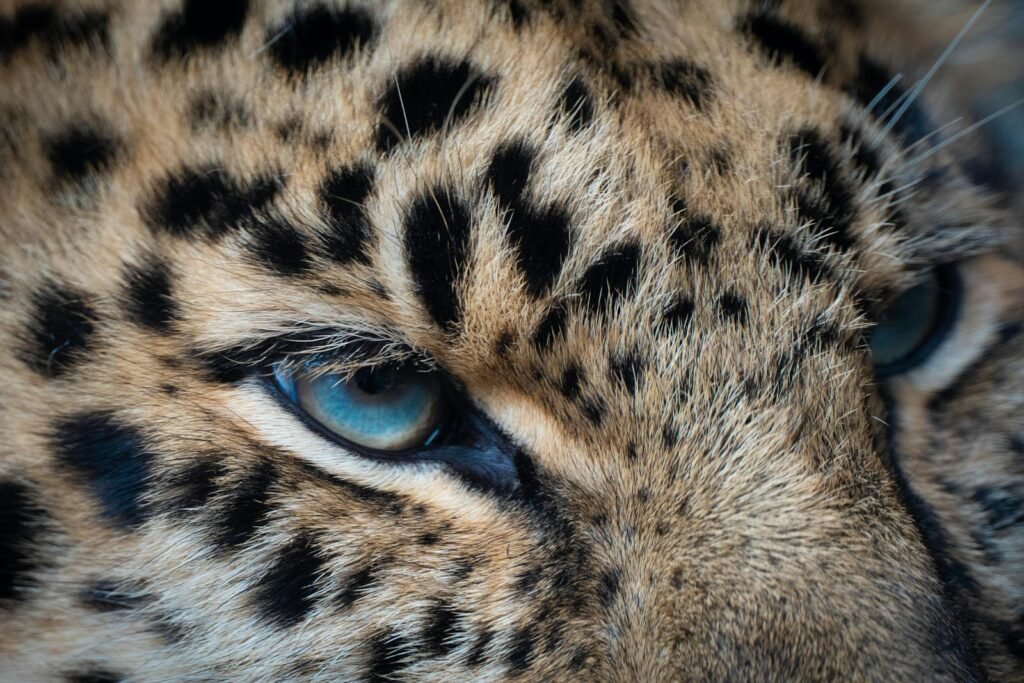
The design of a cat’s eyes is a product of evolutionary adaptation to specific ecological niches. Domestic cats evolved as natural hunters of smaller prey at night, while big cats required slightly different adaptations for diverse environments and larger prey. These evolutionary paths have dictated the subtle differences observed in their eyesight capabilities.
The Role of Vision in Hunting Techniques
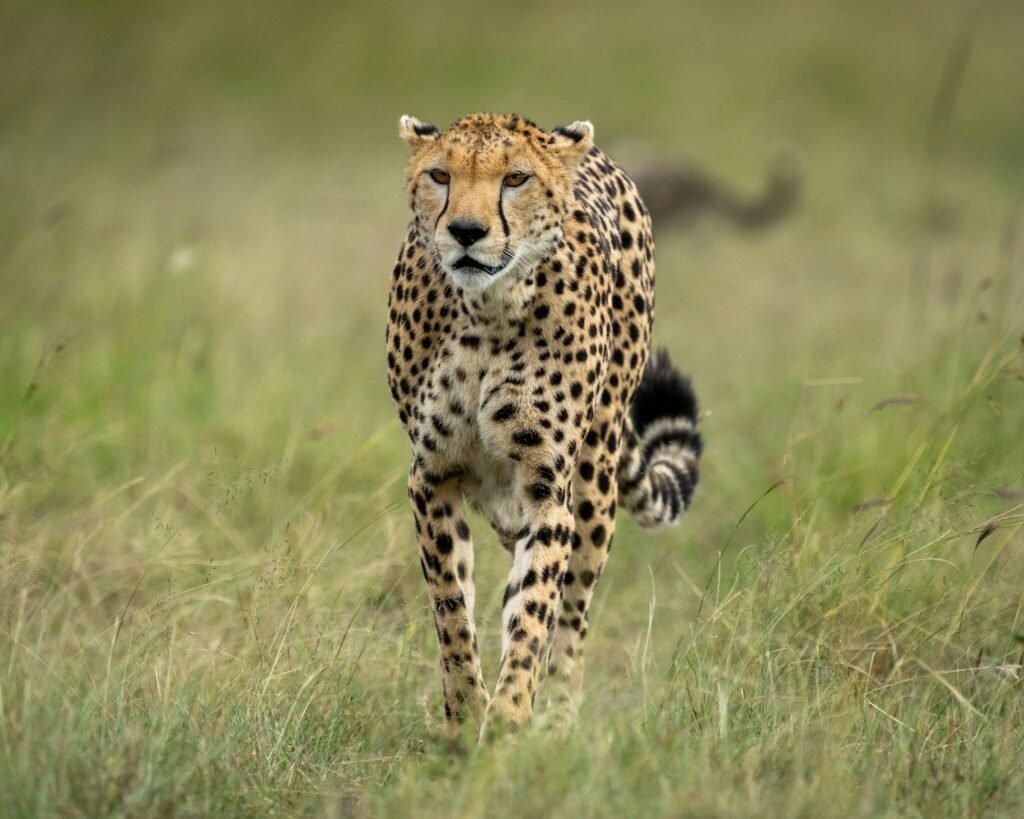
Vision plays a crucial role in how cats and big cats hunt. Domestic cats tend to rely on stealth and sudden bursts of speed, using their keen night vision and peripheral awareness for ambush-style hunting. In contrast, big cats often employ unique hunting strategies tailored to their environments, such as the cheetah’s sprint or the lion’s reliance on group tactics, all of which leverage their superior long-range vision.
Conclusion: Similarities and Distinctions in Feline Eyesight
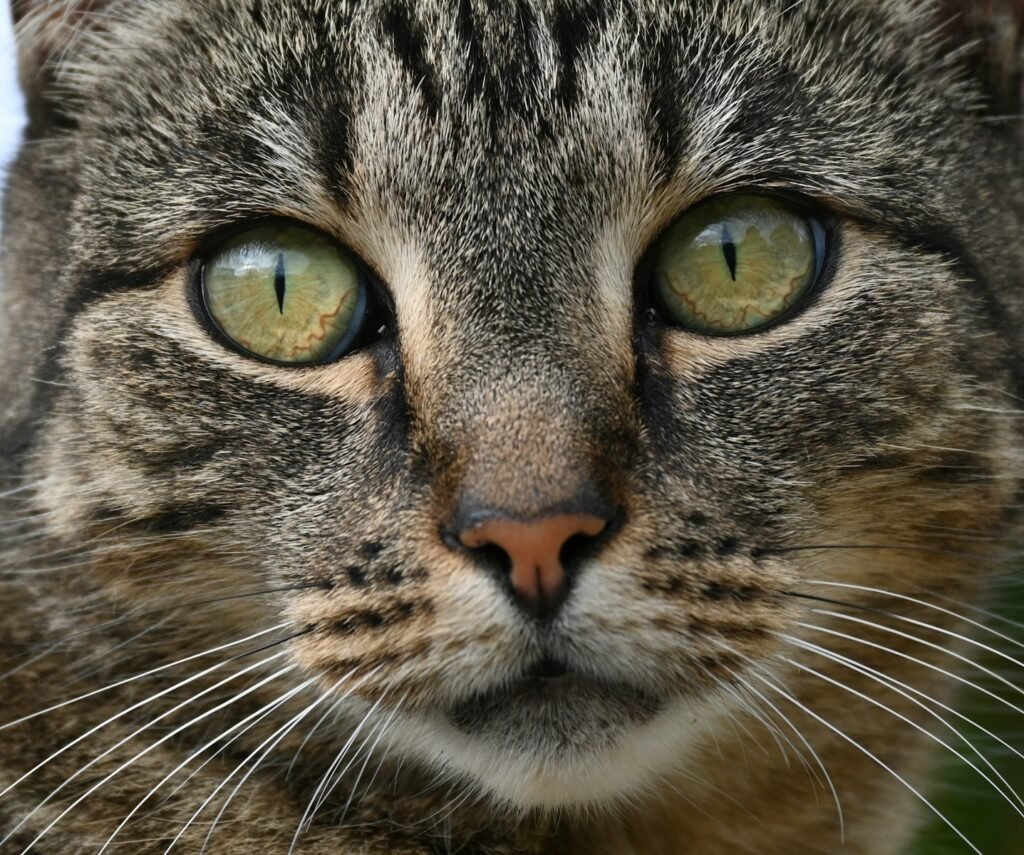
While domestic cats and big cats share many similarities in their visual systems, stemming from their shared ancestry, several distinctions arise due to different evolutionary pressures. These differences are adaptations that allow each feline to thrive in their particular ecological niches, demonstrating the incredible diversity and specialization within the animal kingdom’s eye designs.

Growing up traveling and experiencing new cultures and wonders, I have had a passion for nature, adventuring, photography, and videography. I am currently working towards a BSc in Biodiversity and Ecology at Stellenbosch University, and I hope to specialise in Marine Sciences one day.
Please send any feedback to Feedback@animalsaroundtheglobe.com






